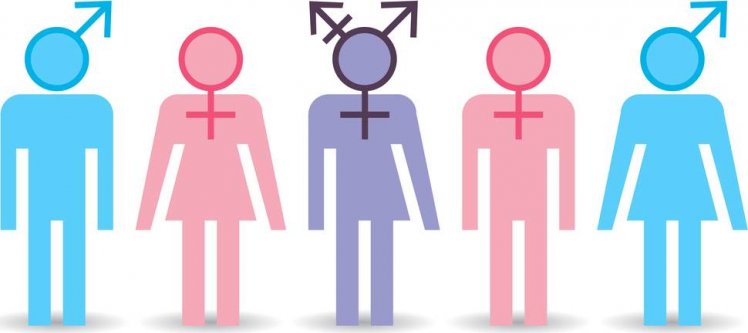Contributed by Jennifer Bateman, Ph.D., National Vice President, Youth Development Programs at Boys & Girls Clubs of America
There is a lot of buzz around the concept of gender these days. Despite how often the term is used in the media, in education, and in conversation, lack of clarity and misinformation around the notion of gender prevails. Gender matters for all people, and especially for the young people we serve in our programs who are traversing the identity development journey.
Gender is a big part of who we are. Even in utero, gender works to inform the color of nurseries, the hues of onesies that are received at baby showers, and presumptions about attitudes and behaviors that the baby will embody. The irony of gender is that even though it shapes many aspects of a person’s daily life, many people are unaware of its influence.
What is Gender?
Gender is not an attribute that we are born with. Rather, gender is made up of three related but distinct factors: biological sex, gender identity, and gender expression.
Biological sex refers to anatomy. Specifically, it is the genitalia, reproductive organs, chromosomes, and hormonal composition that we are born with. It is these attributes that are used to classify individuals as male or female when they are born.
Gender identity is a person’s internal sense of being male, female, both, or neither – regardless of their anatomical characteristics. Gender identity is also unrelated to sexual orientation – which refers to a person’s sexual and romantic attractions to others. Most people have a sense of their gender identity early in life – between the ages of 2 and 4 years old – and these identities tend to remain stable and unchanging throughout identity development.
Gender expression speaks to the behaviors, attitudes and demonstrations of gender identity. It can include tone of voice, mannerisms, clothes and accessories and desires to engage in certain feminine or masculine activities. There is a wide range of gender expression.
It is very important to understand that gender identity, sexual orientation, and gender expression are not correlated. For example, a biological woman can have a gender expression that is regarded as masculine and be heterosexual. These three factors and the dynamic relationship between them make up one’s gender.
Despite the societal gains in gender equality, gender continues to be one of the most persistent mechanisms for labeling, classifying, and stereotyping people. In our work with young people, it is important to maintain that no gender is inherently good or bad.
Given all of the attention to gender, it may be common to ask if young people’s exploration of their own gender identity is due, in part, to social trends. However, as effective youth development professionals, it is not our job to question young people’s identities but rather to create spaces and relationships where young people can safely explore their own identities without judgment.
One of the greatest supports that we can provide for young people is to help them be in a position of power regarding their own gender identity development and to help them navigate this ongoing journey with courage and authenticity.
 Jennifer Bateman is the National Vice President of Youth Development Programs at Boys & Girls Clubs of America. Jennifer has 19 years of youth development experience. She earned her M.Ed. in Child Development & Psychology from Harvard University and her Ph.D. in Developmental Psychology from University of Pennsylvania.
Jennifer Bateman is the National Vice President of Youth Development Programs at Boys & Girls Clubs of America. Jennifer has 19 years of youth development experience. She earned her M.Ed. in Child Development & Psychology from Harvard University and her Ph.D. in Developmental Psychology from University of Pennsylvania.

